After making their separate ways to Los Angeles, and while working in television animation for Sony in the early 2000s, the writer, Greg Weisman, and the artist, Brandon Vietti, started to become aware of one other. Although they didn’t physically work together, over the years, Vietti directed several shows that Weisman wrote, story edited, or produced.
It wasn’t until 2009, however, that Sam Register, President of Warner Bros. Animation, had the fateful idea to team up Vietti and Weisman. And since both already liked each other’s work, they decided, as Weisman puts it, “to give it a shot.”

Together, they developed the series Young Justice. Now, in its third season, the show can be found on WB’s new DC Universe streaming service.
Working as a producing team, Vietti and Weisman come up with all the stories. Sometimes, they start with just a germ of an idea. Sometimes, it’s Weisman’s; sometimes, it’s Vietti’s. Using colored index cards, they pin up the various ideas and scenes on a big bulletin board. Eventually, germs become scenes, and scenes become stories, which they then assign to freelance writers (although, separately, they also write several scripts themselves).
But, whereas Weisman had been writing for some time, Vietti was new to the craft. And, as an artist, Vietti thinks more by drawing than by talking. “Over the years though, I’ve improved with the talking part,“ Vietti says. “My writing muscles are stronger now.”
Although animation is a collaborative medium, artists and writers don’t always agree. Vietti and Weisman are no exception. But, from the start, they did agree on one thing—that either could veto the other. “If we don’t agree, it usually means that there’s a flaw,” Weisman points out. “And that there’s a third way to solve the problem in a unique way.”
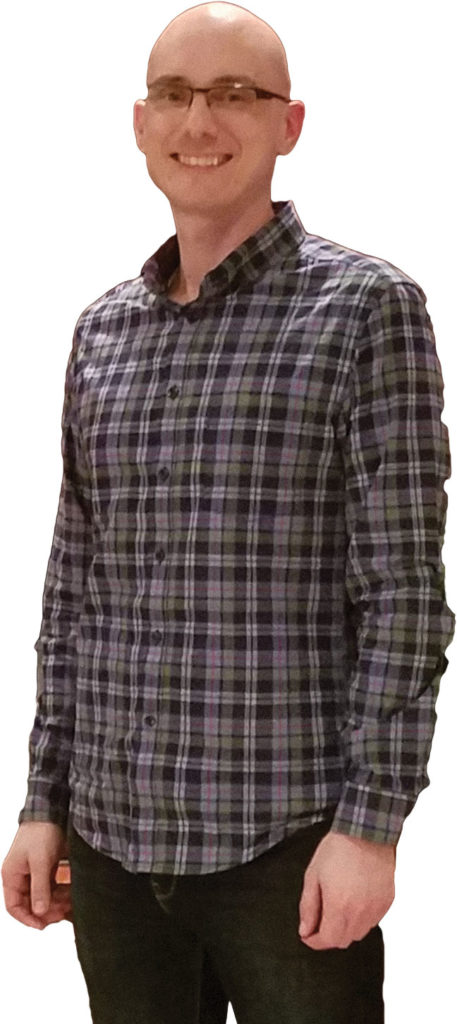
From the start, Vietti was a fan of Weisman’s work, and admits that he wasn’t always confident when it came to working out stories together. “I knew I had ideas, but Greg had legendary status. I was intimidated,” Vietti confesses. “But I’m competitive, too. I knew I had to step up to impress Greg.”
Weisman doesn’t agree: “I’m constantly annoyed by Brandon’s talent. I’m ridiculously impressed with his ideas: like the time he wanted to add an entirely new character, Olympia Savage, to an episode we’d already finished breaking. It raised the entire level of the story,” Weisman points out, adding with an emphatic tinge of teasing jealousy, “And he can draw!”
As an artist, Vietti applies his filmmaking abilities throughout the process. “In post production, he constantly comes up with ways to deal with scenes. Sometimes, it’s as simple as a truck in where none existed before. If Nightwing has to make a choice between two bad options, we push in. Sometimes, it requires tricky editing or after effects, such as creating a reaction shot of Geo-Force by using animation from a past episode over the background of the one we’re working on,” Weisman explains. “I’m constantly impressed how he can take an idea to a whole other level. It’s not fair.”
They both agree that, together, they’re greater than the sum of their parts. To be at the top of their game, they need to collaborate. The secret to their success? Both believe that trust and mutual respect play an important part. “The starting point is to respect your partnership,” Weisman says.
Vietti agrees, adding: “Trust begins with knowing you have similar sensibilities and
goals for the project you’ll collaborate on. If you can’t agree on those terms, you’ll have trouble moving forward.”
Another reason for a partner? “We vent to each other,” Weisman admits.
“We’re therapy for each other,” Vietti agrees.
Advice for new collaborators? “Listen to each other,” Weisman suggests. “And if one of you can’t convince the other of which way to go, find a third way that works for both.”
Again, Vietti would agree, but he also believes that it helps to start with big, clear goals. “Focus on those goals,” Vietti offers, “and trust that there can be many paths that lead to realizing them.”
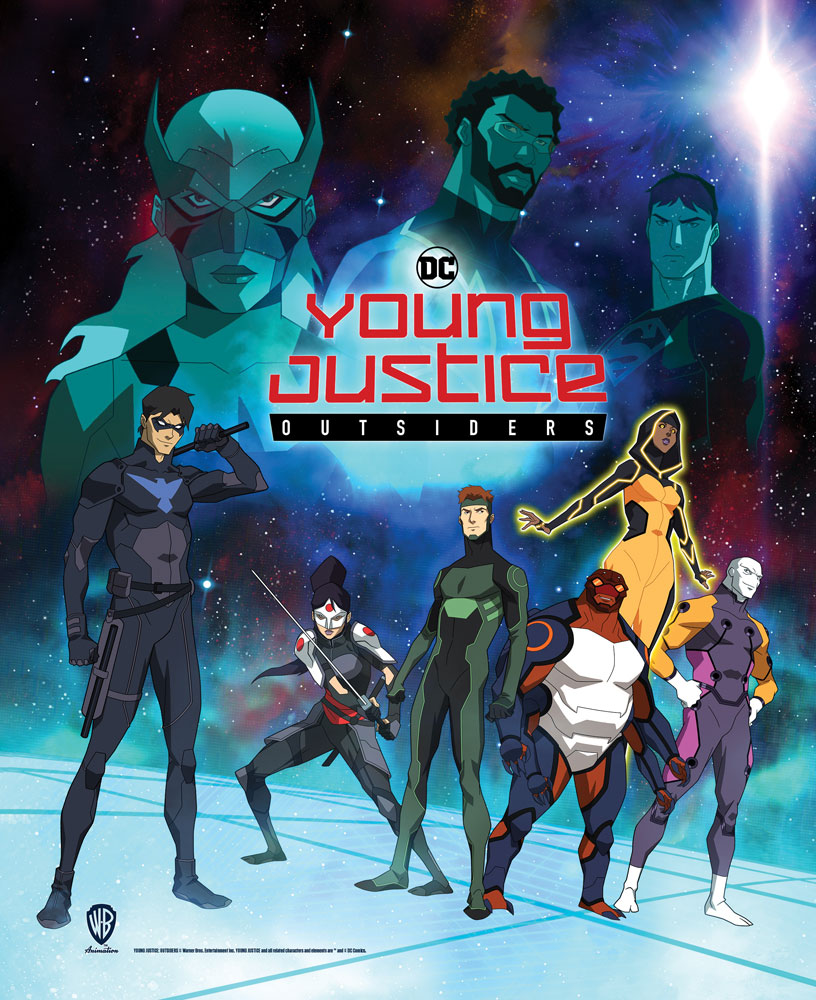

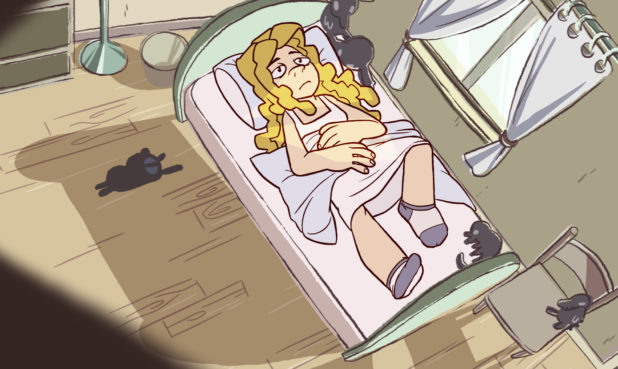
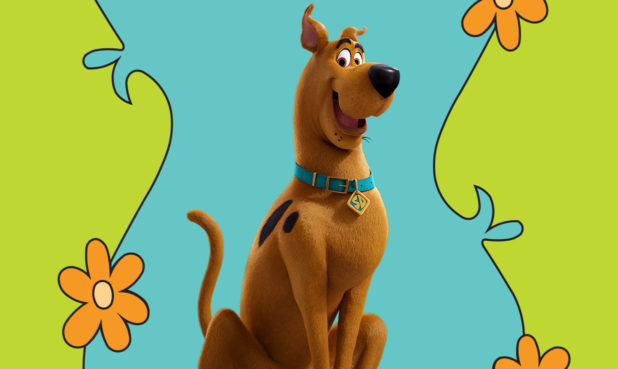
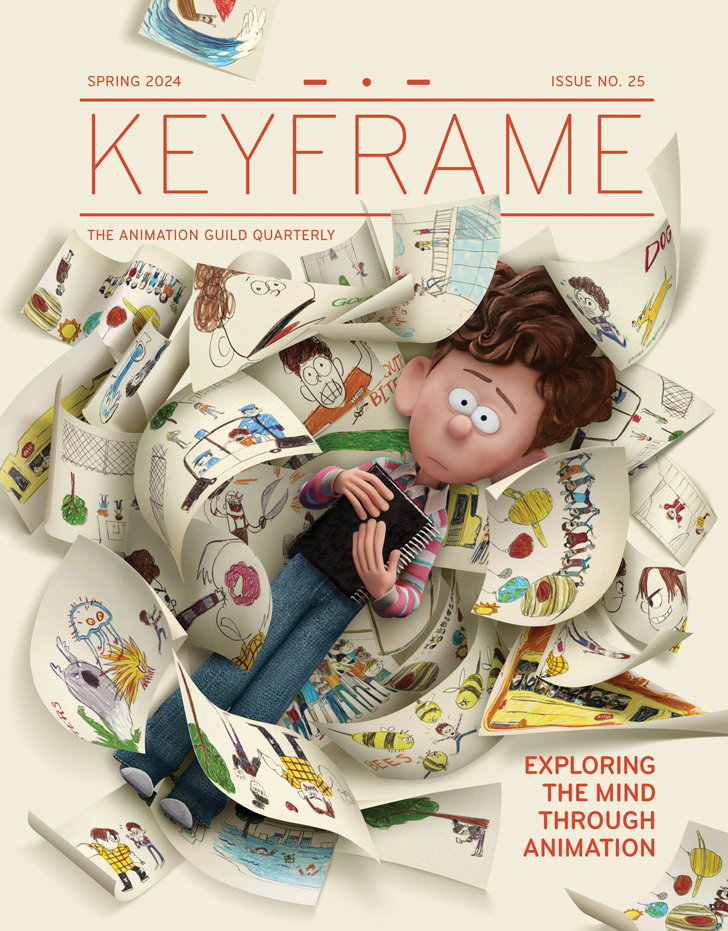

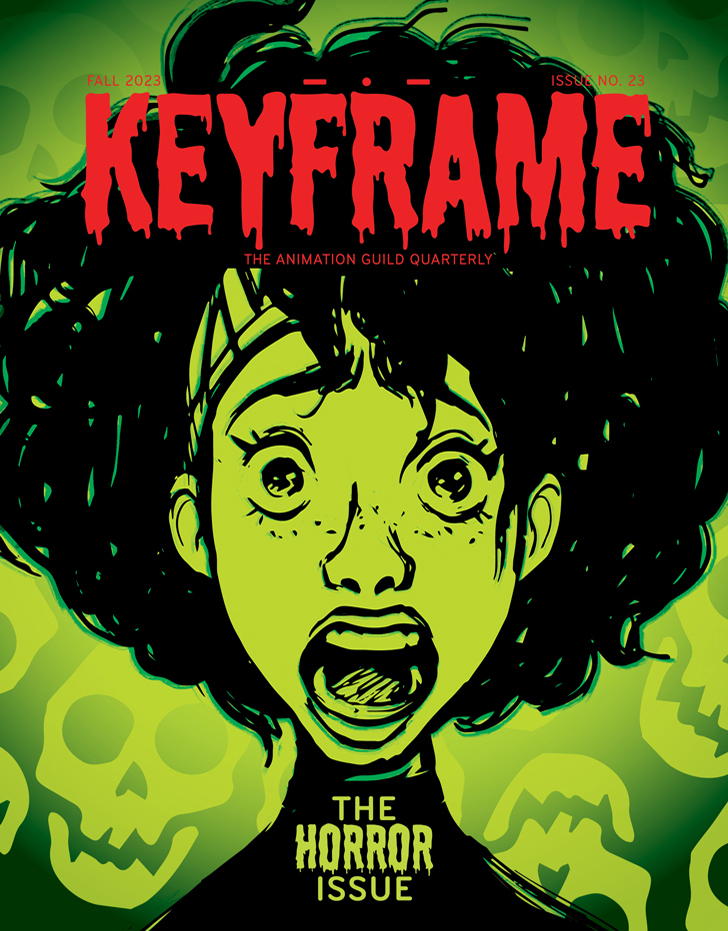
.png)